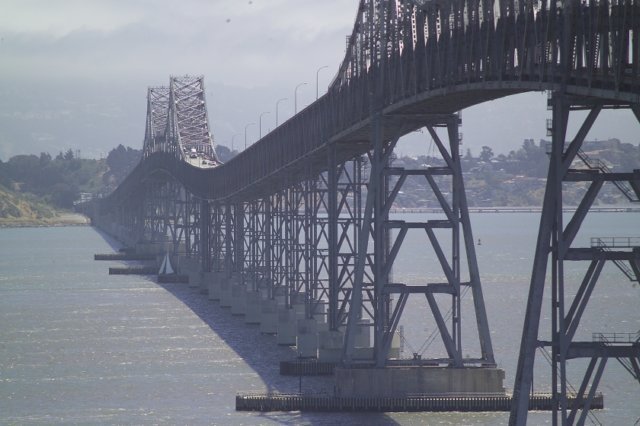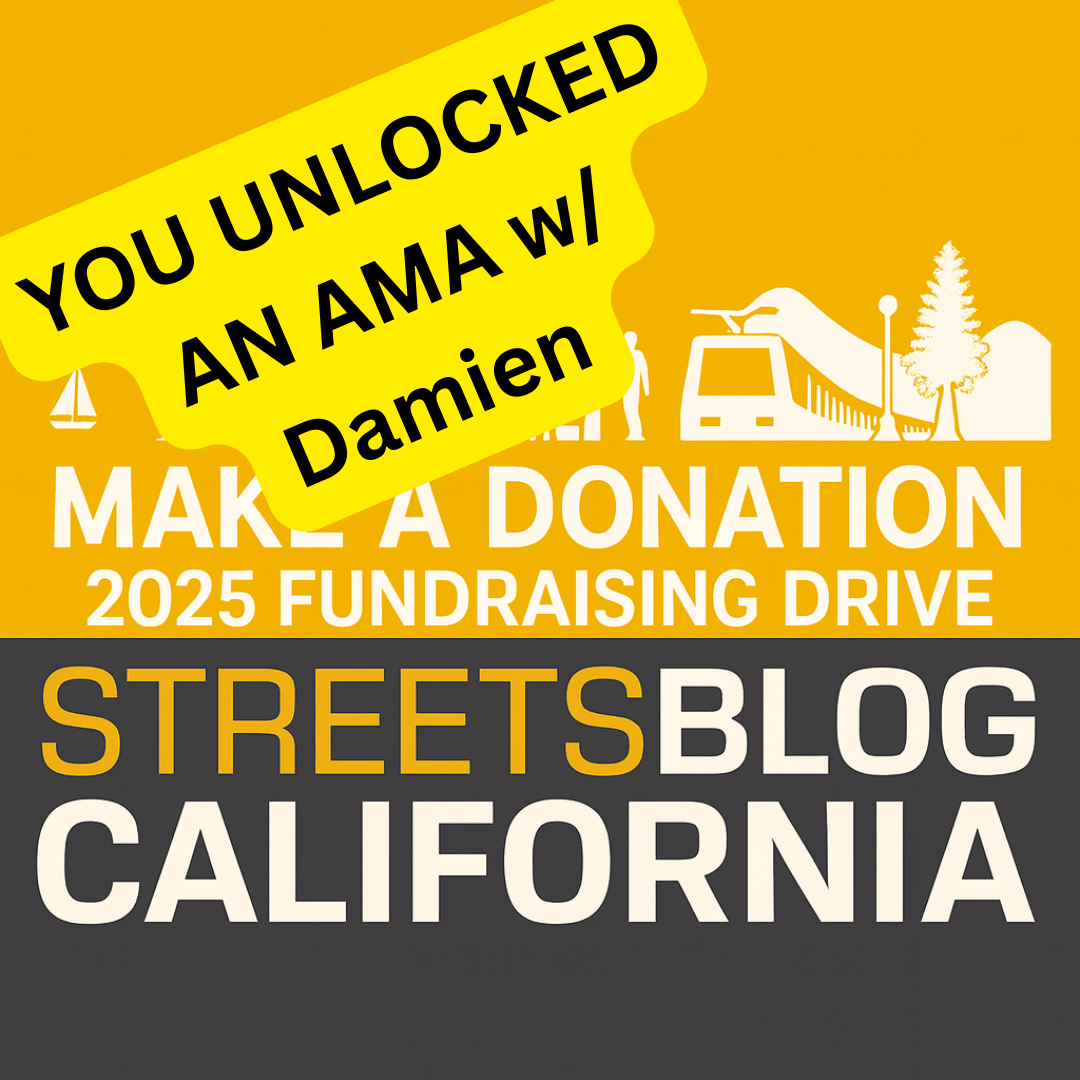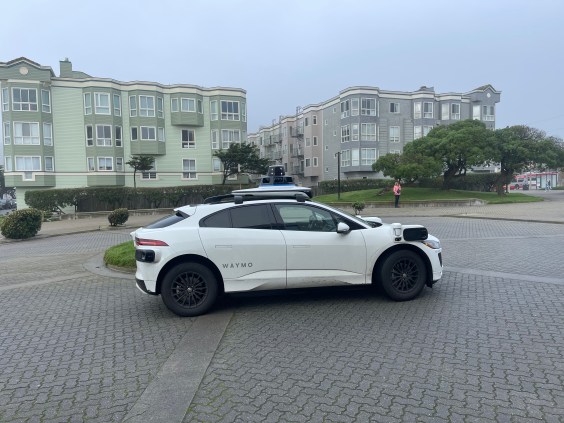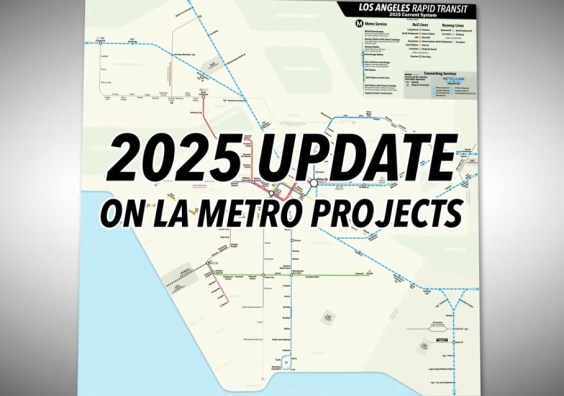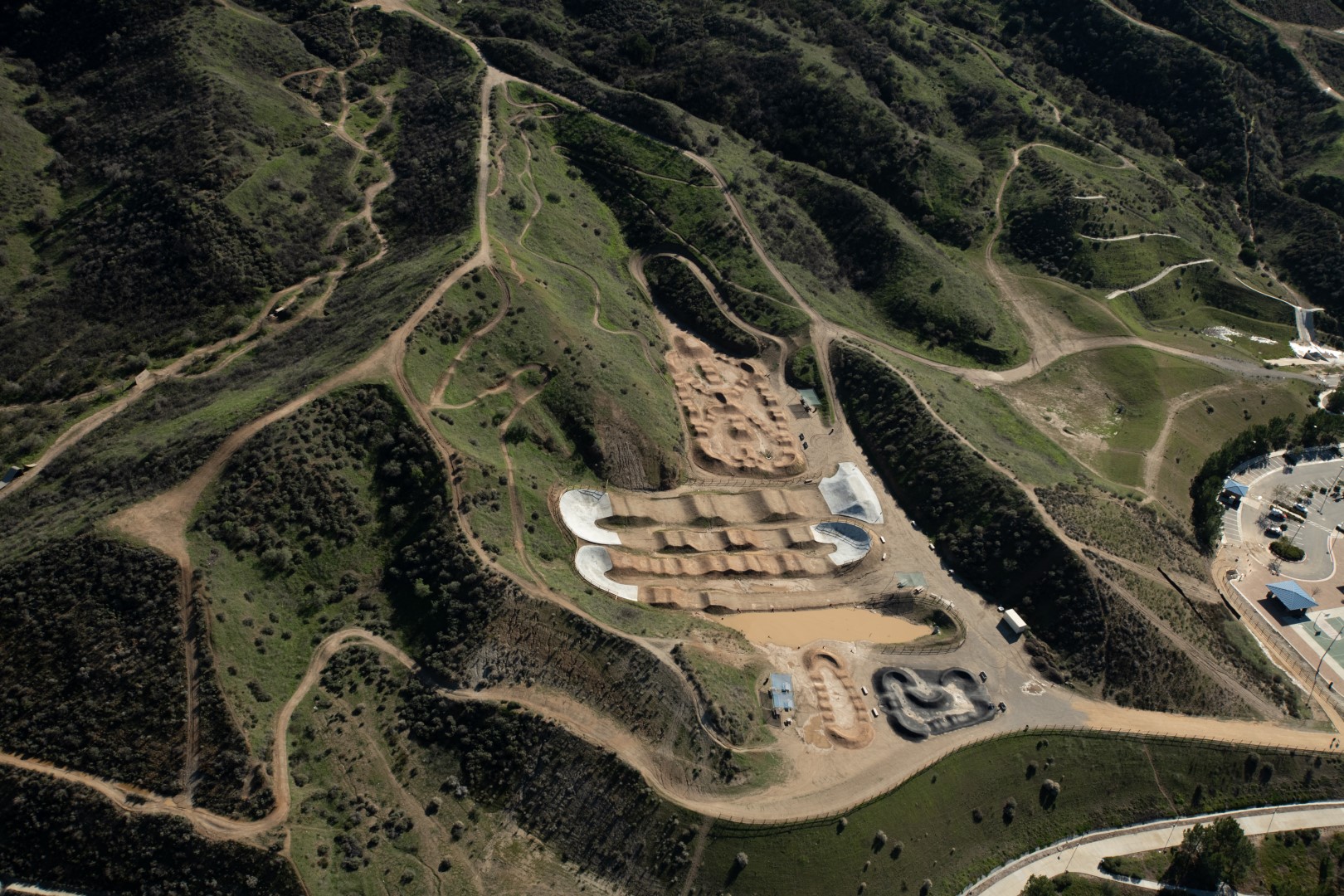A key step was taken this morning by the Bay Area Toll Authority Oversight Committee (BATA) of the Metropolitan Transportation Commission (MTC) to eliminate the bike and pedestrian path on the Richmond-San Rafael Bridge.
In a meeting that lasted less than half an hour, the committee unanimously approved an amendment to MTC's contract with HNTB, the engineering firm responsible for converting the shoulders of the bridge into active lanes. From the amendment:
...includes $100,000 in funds to begin developing the scope, schedule and budget of a potential project to establish a third travel lane [emphasis added] across the bridge in the westbound direction as requested by the Committee in January.
That means the westbound shoulder, which was to be converted to a bicycle and pedestrian path, will be "studied" as an automobile lane instead. The very language is telling: apparently, to the BATA committee, bikes and feet aren't means of travel.
"As I have said before, we recognize there are frequently congestion challenges with the bridge, and we want to be part of the process and part of the solution. But I think it is totally misguided to start with the premise that opening a third westbound traffic lane is the solution," wrote Richmond Mayor Tom Butt in an email to the BATA committee. "That’s not the way to initiate a responsible study."
As Streetsblog reported previously, the idea of getting a bike path put on one of the shoulders of the Richmond-San Rafael bridge has been in the works for four decades. In February of 2016 the BATA committee unanimously approved the trial of the ten-foot bicycle-pedestrian path on the shoulder of the upper deck as part of the I-580 Richmond-San Rafael Access Improvement Project (see rendering below).
But then earlier this year Marin County Supervisor Damon Connolly started a push to convert the planned bike/ped lane into a "shared" lane--meaning it would be turned over to motor vehicles when most people are going to work.
The "shared" lane was pushed as a "compromise," even though it means all six lanes of the bridge (the four existing lanes and two shoulders) would be used exclusively by motor vehicles for much of the day.
Although the BATA committee approved the funds unanimously, there was at least some hesitation. "When we really try to open up this study is it going to take an approach of looking at the pros and cons of something?" asked Commissioner Jeannie Bruins, Councilmember, Los Altos City Council. "There's the issue of can we--and then there's should we."
Andrew Fremier, MTC's Deputy Executive Director for Operations, said it takes a long time and requires a huge amount of study to turn a shoulder into an active lane. He assured the committee that the study is just to gather more information. "This is one more piece of that; it will continue to provide a path forward."
Dave Campbell, who addressed the commission for Bike East Bay, said there's a greater need to study what happens to automobile traffic once it gets off the bridge. He also said they need to study improving bike access to the bridge, considering how difficult it is to reach the bridge by bike in the first place. "If a study is to be done, it should have a broader mission," echoed Mayor Butt in his email.
None of which seemed to deter Orinda vice-Mayor Amy R. Worth, chair of the BATA committee and one of the champions of banning bikes during rush hour. "Many people who make hourly wages are being stuck in tremendous congestion that continues to grow," she said before calling the vote. "How do we improve the commute in that corridor and accommodate all modes of transportation?"
Apparently, by only accommodating one mode of transportation.
"Bridge-related congestion is complicated and it is also ephemeral," wrote Butts. "As I type this at 8:30 a.m. today, I look over I-580, the bridge approach, and I see traffic moving at the limit. I see traffic moving well across the bridge westbound. Something made this possible, and it wasn’t a third lane."
